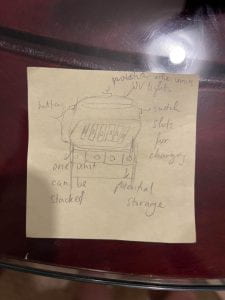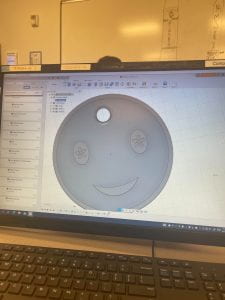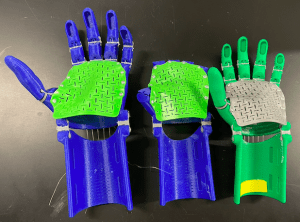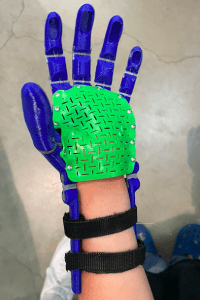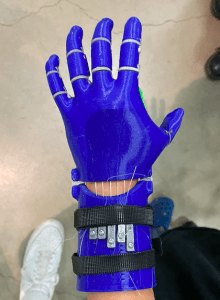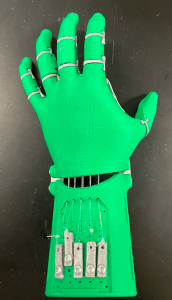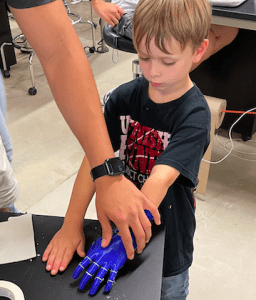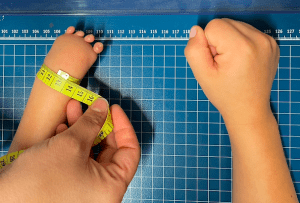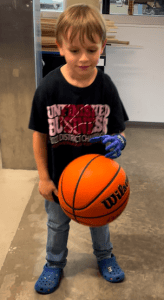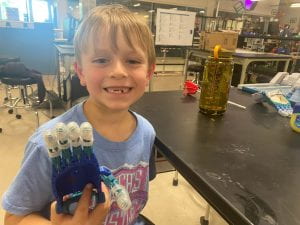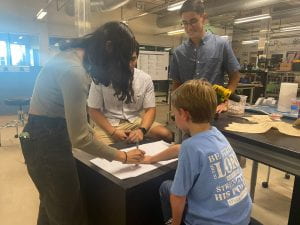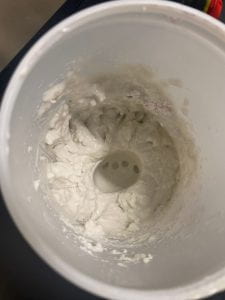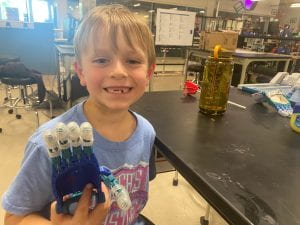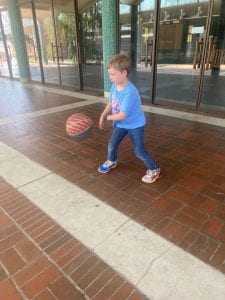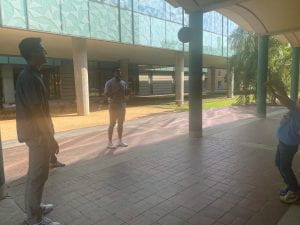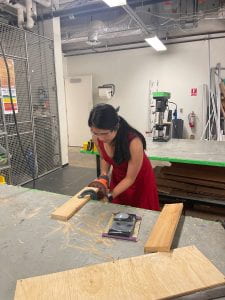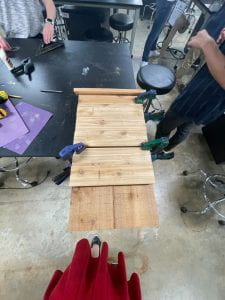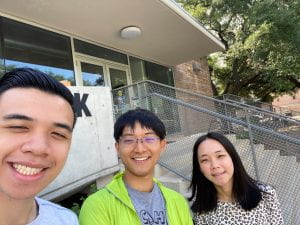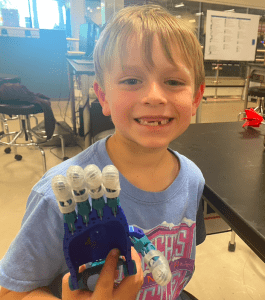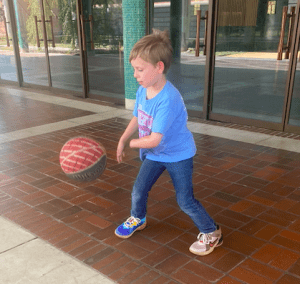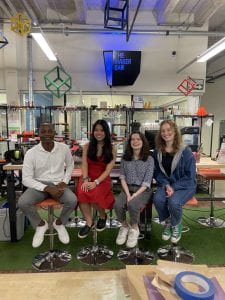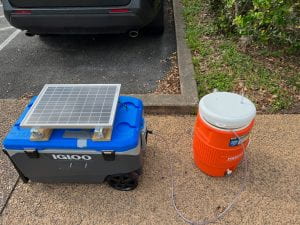This week also passed by so quickly as we rapidly went through daily workshops, guiding us through the different stages of the design process. Design criteria, comparison charts, usability, brainstorms, evaluation…all crucial elements behind the scenes that contribute to the eventual fruition of any design. Before this week, I wasn’t fully aware of the mini details that are absolutely important even to such a simple design like a daily water bottle. For any thoughtful design, its components are all purposeful. I specifically enjoyed the brainstorming workshop the most since there was a lot of stimulation for our creativity. Through creating anti-solutions and exploring unconventional usage for a blender, we were able to truly bring ourselves out of the box, getting started on brainstorming for our own project. This week, our team also got the amazing opportunity to interview Global Health 360 Fellows, Abby and Josh, and their Clinical Research Engineer, Sonia. We were able to get many of our questions answered and now have a much greater understanding of the context our solution is intended for. And with that, we were able to start storming our brains for some ideas, based on our background research and exploration of current similar solutions (Here is one of mine). We are so excited to continue on with our brainstorming!
Another highlight of the week was also the Computer-Aided Design (CAD) workshop. It was my first time working with a 3D design, and we were guided through making this really creepy-cute smiley face keychain. Hopefully we will get to 3D print it out this coming week!
As always, I would like to show appreciation for the mentors and the leadership team of the internship for guiding us through many helpful and engaging workshops! And I would also like to thank everyone who has followed our journey so far via these blogs. I hope you all are learning something new with us along the way! See you next week 🙂
